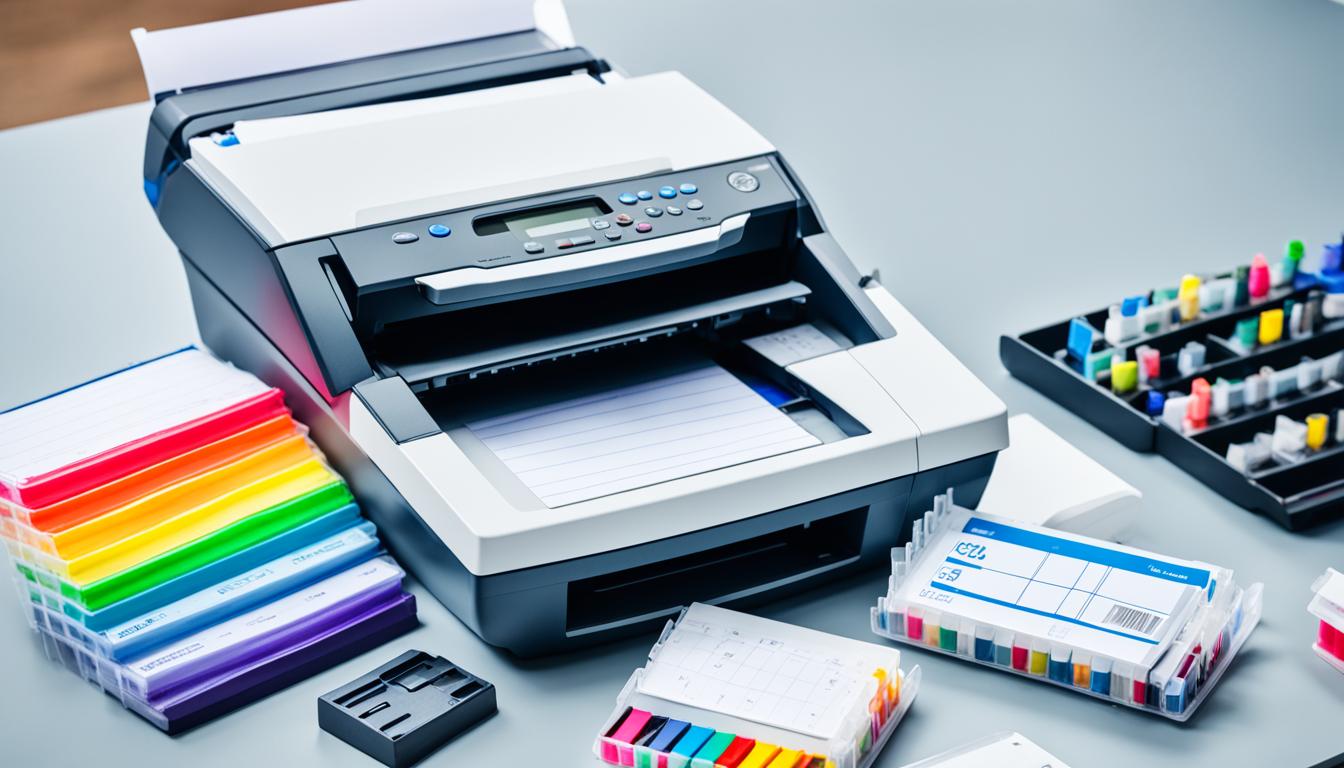Printing costs can be a significant expense, especially when you need to print a large number of pages. Whether you're a student working on a research paper or a business owner compiling reports, it's crucial to understand the cost implications of your printing needs.
In this article, we will explore the factors that contribute to the cost of printing 500 pages. By understanding these components, you can make informed decisions and better manage your printing expenses.
Key Takeaways:
- Printing costs can vary depending on cartridges, page yield, and paper cost.
- Cost per page is calculated by dividing cartridge price by page yield and adding the cost of paper.
- The price of the printer cartridge significantly impacts printing costs.
- Page yield refers to the number of pages a cartridge can produce before needing replacement.
- Choosing the right quality paper is crucial to avoid compromising print results.
Understanding Cost Per Page
When it comes to managing printing expenses, understanding the cost per page is essential. This metric allows you to accurately estimate the total printing costs based on your usage and requirements. To calculate the cost per page, you need to consider the price of the printer cartridge, the page yield, and the cost of paper.
The Printer Cartridge Price
The cartridge price refers to the amount you pay for a printer cartridge. This cost can vary depending on the brand and model of your printer. It is important to choose a cartridge that is compatible with your printer to ensure optimal performance and avoid any potential issues. When calculating the cost per page, the cartridge price is one of the key factors to consider.
The Page Yield
The page yield is the number of pages a printer cartridge can produce before needing replacement. It is typically determined by the cartridge manufacturer and may vary depending on the type of printing (text-heavy or image-heavy) and the page coverage. To calculate the cost per page, you need to divide the cartridge price by the page yield.
The Cost of Paper
In addition to the cartridge price and page yield, the cost of paper also contributes to the overall cost per page. The cost of printing paper can vary depending on the quality and type of paper you choose. Standard printing paper is generally more affordable, while premium or specialty paper may be more expensive. It is important to select the appropriate paper that meets your printing needs without significantly increasing the cost per page.
By combining the cartridge price, page yield, and cost of paper, you can calculate the cost per page accurately. This metric gives you a clear understanding of your printing expenses and enables you to make informed decisions to optimize your printing costs.
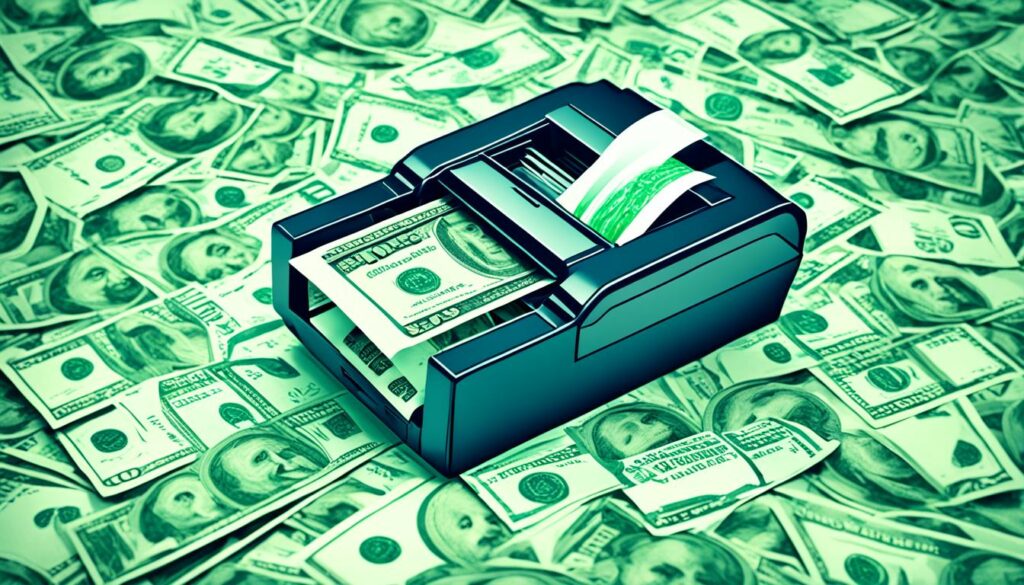
Key Takeaways:
- Cost per page is an important metric in managing printing expenses.
- It is calculated by dividing the cartridge price by the page yield and adding the cost of paper.
- Consider the cartridge price, page yield, and cost of paper to accurately estimate the printing costs.
- Choose a compatible cartridge for your printer to ensure optimal performance.
- Select the appropriate quality and type of paper to balance cost and printing results.
The Impact of Cartridge Price
The price of a printer cartridge plays a significant role in determining printing costs. Whether you're using ink or toner, replacement cartridges can be quite expensive. This has a direct impact on the overall cost per page calculation, making it essential to consider the cartridge price when estimating printing expenses.
When it comes to printer cartridges, prices can vary depending on various factors such as the brand, model, and type of cartridge. Higher-end or specialty cartridges may have a higher price tag, while generic or refurbished options might be more budget-friendly. Regardless of the specific cartridge you choose, it's important to factor in the initial investment in order to accurately assess the overall printing costs.
“The price of a printer cartridge can significantly impact the cost per page. It's crucial to carefully consider the cartridge price when calculating printing expenses.” – PrintPro Magazine
By comparing different cartridge prices from reputable brands, you can identify affordable options while ensuring optimal printing quality. It's also worth considering remanufactured cartridges, which offer a cost-effective alternative to brand new ones.
When evaluating cartridge price, it's important to strike a balance between quality and affordability. While it may be tempting to opt for the cheapest option available, keep in mind that subpar cartridges can lead to poor print quality or even damage your printer. Therefore, it's wise to invest in cartridges from trusted manufacturers to avoid potential issues and achieve consistent and reliable printing results.
To give you an idea of the range of cartridge prices, here's a comparison table:
| Brand | Cartridge Type | Price |
|---|---|---|
| Epson | Ink Cartridge | $29.99 |
| HP | Toner Cartridge | $99.99 |
| Canon | Ink Cartridge | $19.99 |
As you can see, cartridge prices can vary significantly depending on the brand and type of cartridge. It's important to consider these variations when estimating printing costs, as they directly impact the overall cost per page.
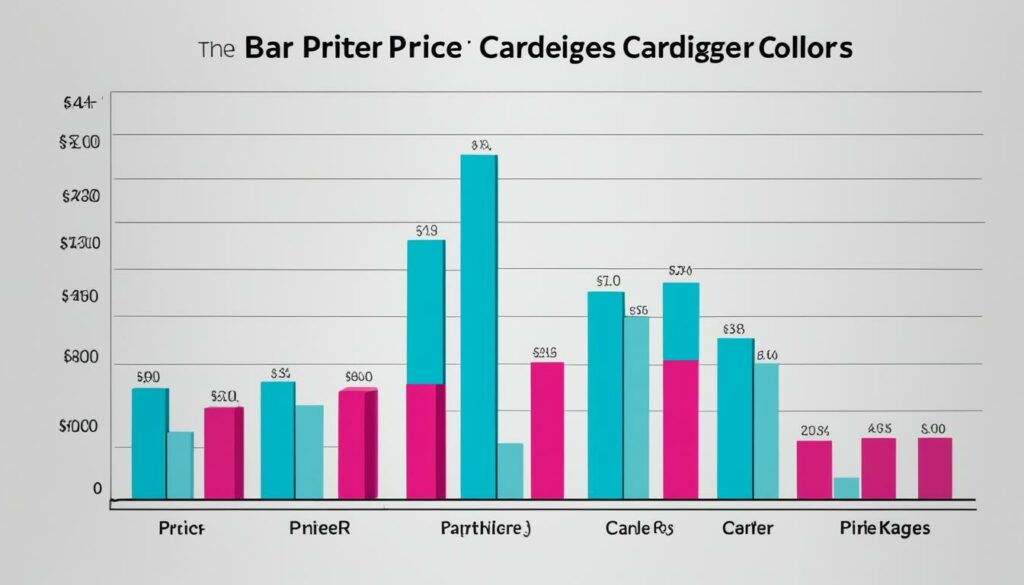
Maximizing Efficiency with Cartridge Price
Understanding the impact of cartridge price on printing costs allows you to make informed decisions for cost-effective printing. By considering factors such as cartridge type, brand reputation, and affordability, you can strike a balance between quality and budget. Ultimately, investing in reliable cartridges at a reasonable price ensures optimal printing results while minimizing overall printing expenses.
Understanding Page Yield
When estimating printing costs, it is crucial to consider the page yield of a printer cartridge. Page yield refers to the projected number of pages that a cartridge can produce before it needs replacement. This metric plays a significant role in determining the actual cost per page and ultimately influences printing costs.
The page yield varies depending on the type of printer cartridge and the specific model. For example, a standard inkjet cartridge may have a page yield of 300 pages, while a high-capacity toner cartridge for a laser printer can yield up to 5,000 pages. It is essential to check the manufacturer's specifications for accurate page yield information.
Why is page yield important in calculating printing costs? By knowing how many pages a cartridge can produce, you can estimate the number of cartridges needed to print a certain volume of pages. This allows you to determine the overall cost of cartridges required for the desired printing job.
Additionally, the type of printing, whether it is text-heavy or image-heavy, and the page coverage affect the number of pages a cartridge can yield. Text-heavy documents typically require less ink or toner, resulting in higher page yields. On the other hand, color-rich images or graphics demand more ink or toner, leading to lower page yields.
Understanding the page yield empowers you to make informed decisions about cartridge replacements and manage printing costs efficiently. By calculating the cost per page, factoring in the page yield, as well as other components such as cartridge price and paper cost, you can gain a comprehensive understanding of your printing expenses.
Here's a visual representation of how page yield impacts printing costs:
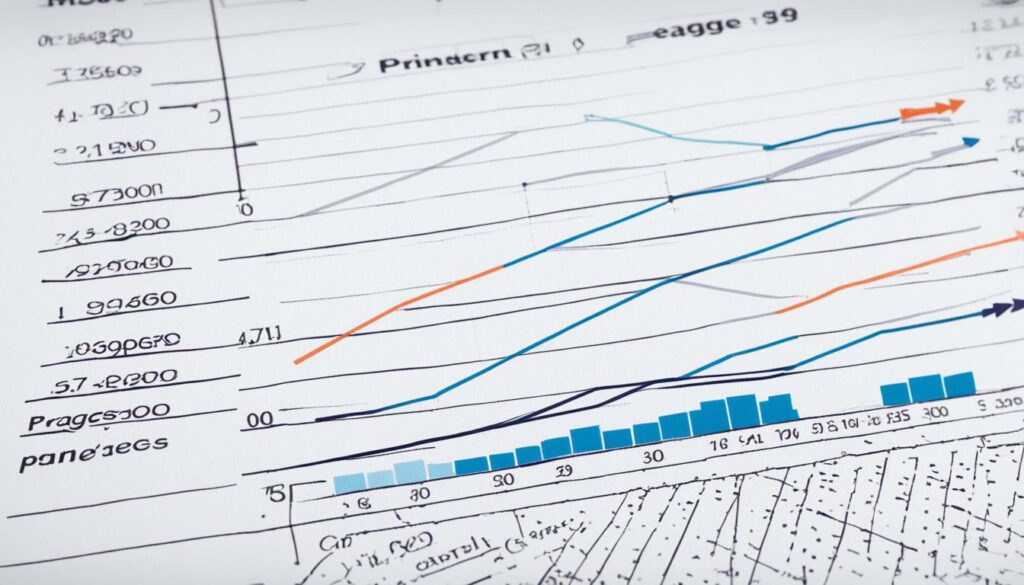
| Print Job | Page Yield | Cartridges Needed |
|---|---|---|
| 500 pages of black and white text | 300 pages per cartridge | 2 cartridges |
| 500 pages of color graphics | 100 pages per cartridge | 5 cartridges |
In the example table above, printing 500 pages of black and white text requires 2 cartridges with a page yield of 300 pages each. On the other hand, printing 500 pages of color graphics necessitates 5 cartridges, with a page yield of 100 pages per cartridge. This simple comparison demonstrates how page yield can impact the number of cartridges required and, consequently, the associated printing costs.
By considering page yield along with other factors, such as the type of printing and page coverage, you can make cost-efficient choices when it comes to printer cartridges and effectively manage your overall printing expenses.
The Cost of Paper
Paper cost is another important factor to consider when calculating the overall printing costs. The price of printing paper can vary depending on its quality and type. Standard printing paper typically ranges from half-a-cent to two-cents per sheet, while premium or specialty paper can cost significantly more.
To ensure optimal print results, it is crucial to choose the right quality of paper for your printing needs. Using low-quality paper may result in poor print quality, smudging, or even paper jams, which can lead to additional expenses in the long run.
When estimating the cost per page, it is essential to factor in the cost of paper in addition to the cartridge price and page yield. This comprehensive approach will provide a more accurate estimation of the printing expenses and help you make informed decisions when it comes to managing printing costs.

Comparison of Paper Types and Costs
| Paper Type | Average Cost per Sheet |
|---|---|
| Standard Printing Paper | $0.005 – $0.02 |
| Premium or Specialty Paper | Varies based on type and brand |
As shown in the table above, standard printing paper is more cost-effective compared to premium or specialty paper. However, it's important to note that the choice of paper should also align with the desired print quality and purpose.
By considering the cost of paper along with other factors, you can effectively manage your printing costs and make the best choices for your specific printing needs.
Calculating Printing Cost Per Page
When it comes to printing, it's essential to have a clear understanding of the cost per page. Knowing how to calculate this metric can help you manage your printing expenses more effectively. By considering the cartridge price, page yield, and paper cost, you can accurately estimate the cost of printing each page.
Calculating the printing cost per page is a straightforward process that involves a simple formula: cartridge price divided by page yield, plus the cost of paper. Let's break it down:
Cartridge Price
The cartridge price refers to the amount you pay for a printer cartridge. It can vary depending on the type of cartridge and the brand. When calculating the cost per page, this value is divided by the page yield.
Page Yield
Page yield indicates the number of pages a cartridge can produce before it needs to be replaced. It is an important factor in determining the overall cost per page. Consider the type of printing you do and the page coverage to estimate the page yield accurately.
Paper Cost
Another component to consider is the cost of paper. The type and quality of paper you choose can affect the overall cost per page. Standard printing paper is generally more affordable, while premium or specialty paper may cost you more.
Now, let's put it all together:
| Component | Calculation |
|---|---|
| Cartridge Price | $/page yield |
| Page Yield | Total number of pages |
| Paper Cost | $/page |
| Printing Cost Per Page | (Cartridge Price / Page Yield) + Paper Cost |
By following this formula, you can determine the printing cost per page accurately. Take into account the cartridge price, page yield, and paper cost to ensure you have a comprehensive understanding of your printing expenses.
Now that you have a clear idea of how to calculate the printing cost per page, you can make informed decisions to optimize your printing budget. It allows you to estimate expenses more accurately and explore ways to reduce costs without compromising the quality of your prints.
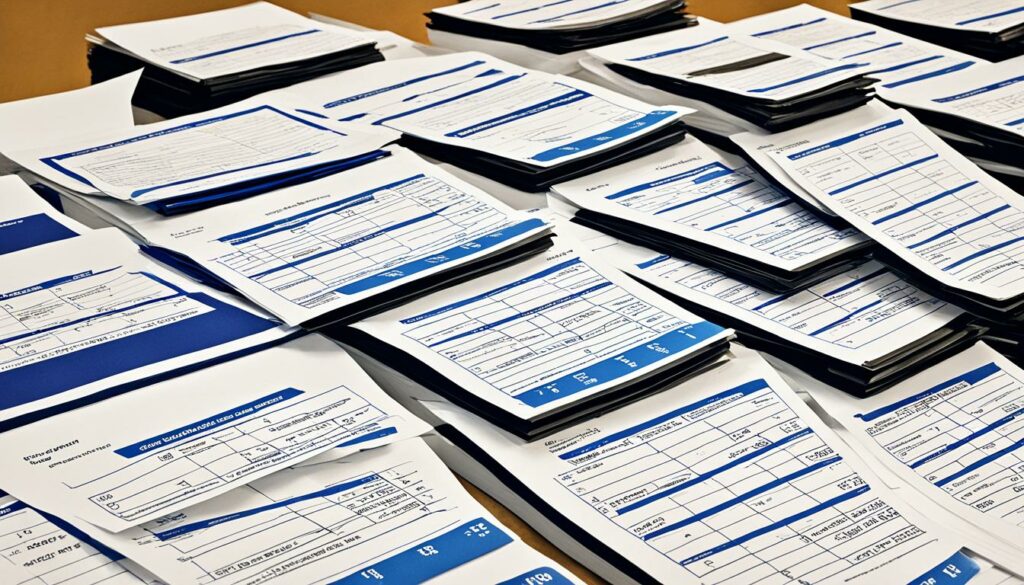
Conclusion
In conclusion, understanding the cost to print 500 pages involves analyzing various factors such as the cartridge price, page yield, and paper cost. By calculating the cost per page using the provided formula, it becomes easier to estimate the expenses involved in printing a specific number of pages. This knowledge can help individuals and businesses save on printing costs and ensure efficient cost management.
The cartridge price plays a significant role in determining printing costs, as replacement cartridges can be expensive. Additionally, the page yield, or the number of pages a printer cartridge can produce before needing replacement, should be taken into account when estimating printing expenses. Lastly, the cost of paper should be considered, as it can vary depending on the type and quality of the paper used.
By considering all these factors and calculating the cost per page, individuals and businesses can make informed decisions about their printing practices. This understanding empowers them to choose more cost-effective printing options and optimize their printing expenses. Ultimately, by having a clear understanding of the printing costs involved, individuals and businesses can achieve efficient cost management and enhance their overall printing experience.
Source Links
- https://www.tonerbuzz.com/blog/printing-costs-how-to-accurately-calculate-your-printing-cost-per-page/
- https://www.staples.com/services/printing/copies-documents-printing/
- https://www.officedepot.com/l/print-and-copy/document-printing

I'm Morgan, the creator of VPNForMe — a site born from too many hours spent side-eyeing sketchy VPN reviews and buffering videos.
I wanted a place where people could get straight answers about privacy, streaming access, and which VPNs actually deliver — without the hype or tech jargon.

